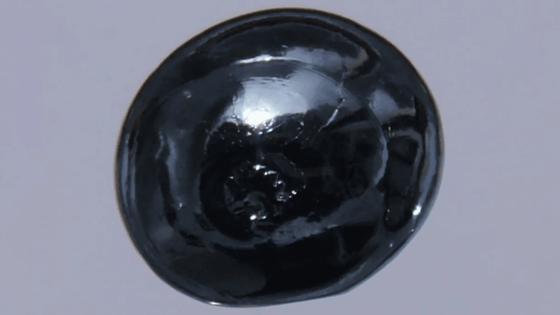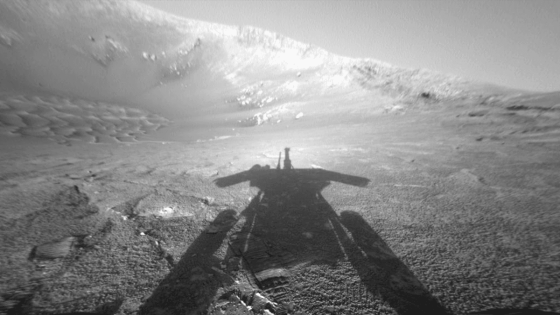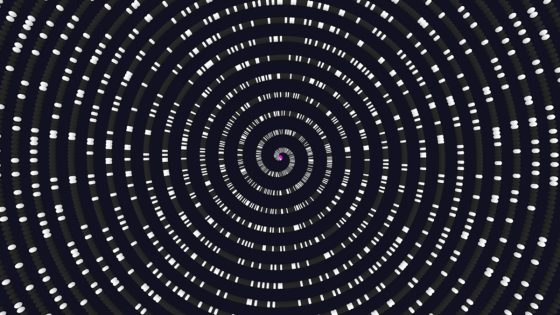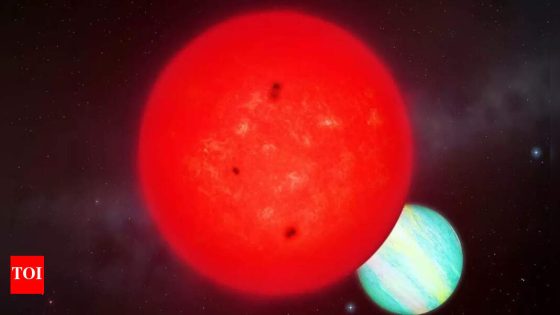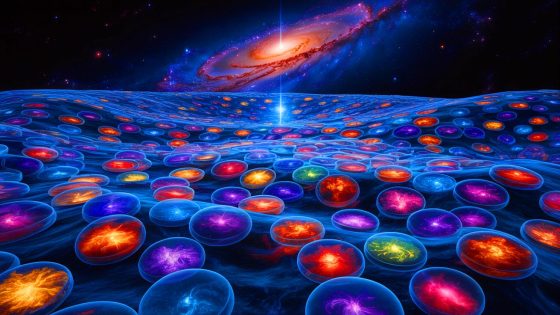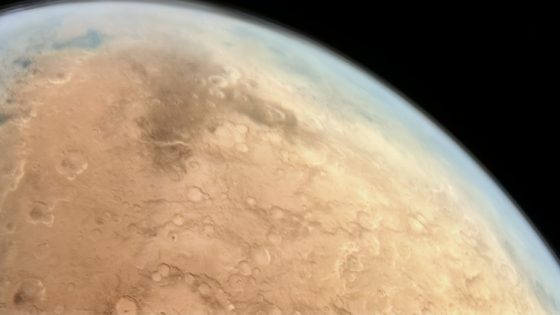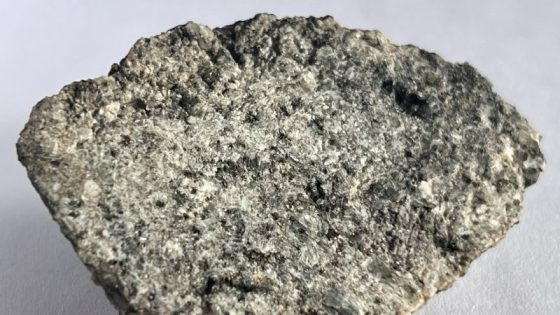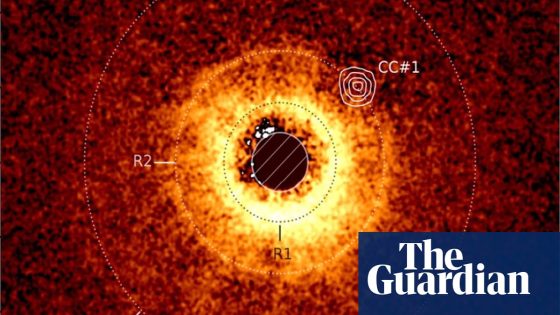Some asteroids are dense, and a recent study reveals they might contain heavy elements beyond the periodic table. Conducted by physicists from The University of Arizona, the research highlights the intriguing possibilities of Compact Ultradense Objects (CUDOs) in our solar system.
- Some asteroids may contain heavy elements.
- Asteroid 33 Polyhymnia exceeds known mass densities.
- Compact Ultradense Objects (CUDOs) are theorized.
- Superheavy elements could exist in asteroids.
- Theoretical models predict properties of unknown elements.
- Study published in The European Physical Journal Plus.
Motivated by the quest to understand mass density, the team discovered that certain asteroids, particularly 33 Polyhymnia, exceed the density of Osmium, the densest naturally occurring element. This opens up questions about the composition of these celestial bodies and the potential existence of elements with atomic numbers higher than those currently known.
As the study was published on 2025-07-21 12:01:00, it invites further exploration into the realms of astrophysics and material science. What could these findings mean for future space mining endeavors?
This discovery raises a fascinating question: could stable superheavy elements exist in dense asteroids? The implications are significant, as they suggest new avenues for research and exploration. Consider these points:
- Asteroids may contain elements not found on Earth.
- Understanding CUDOs could revolutionize material science.
- Potential for space mining of superheavy metals.
As we advance our understanding of the universe, the potential for discovering new elements could reshape both science and technology. Are we on the brink of a new era in astrophysics?



